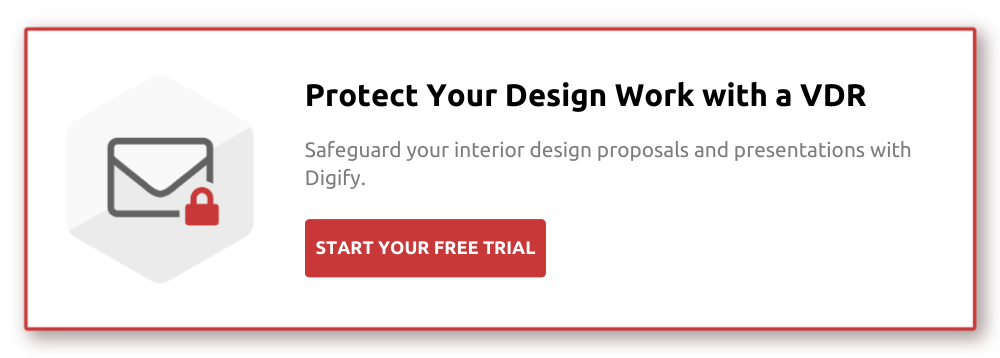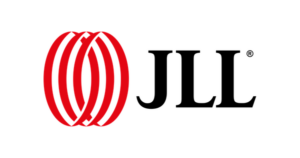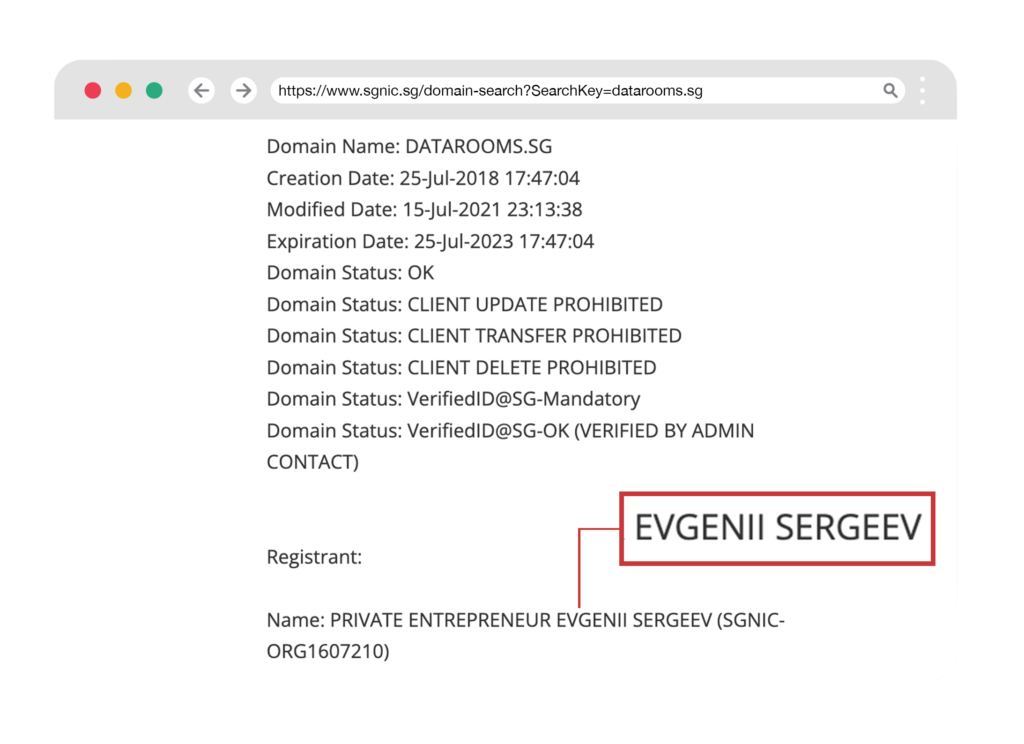Many interior designers have experienced the shocking disappointment of styling a living or workspace with a unique concept only to have their vision plagiarized when presenting a design proposal to a prospective client. In some cases, clients will even hire another firm to implement the proposed interior design for a lower cost without awarding the contract to the original designer.
Unfortunately, intellectual property violations are rampant in the design industry and are one of the main problems interior designers face. This has also been intensified by current client relation practices, social media and knockoff design markets. So how do you protect your interior design work and proposal while still being able to present it to clients and receive proper credit and payment?
Although you can’t completely control the distribution of your interior design proposals after sending them, you can use document security technology to reduce the chances of your ideas being copied. The old saying, an ounce of prevention is worth a pound of cure definitely applies in this instance. When you make it more difficult for your design proposals to be repurposed or outright stolen, you show prospective clients that you take your intellectual property rights seriously.
Securing ownership of your design work in the digital age
Before the Internet, interior designers would manually draft a hard copy version of their proposal to present to clients in person. After the conclusion of the presentation, it was common practice that the design proposal would return to the ownership of the designer.
Today, this once well-established process is inconvenient, time-consuming and often impossible in the current global marketplace. Presenting interior design proposals to international clients now requires that the designer grant digital access for presentation purposes. Also, many clients are now used to keeping a copy of the design for ongoing reference as the client relationship is developing.
This leaves interior designers in the awkward position of having to trust in the goodwill of clients to not infringe on their intellectual property rights. Designers are also often forced to send proposals as unsecured email attachments because it’s a convenience that clients have come to expect.
All of these practices erode your control over your design work and how it is used. This, in turn, can heavily impact the revenue generated from your interior design business.
What you can do about safeguarding your design work
Recently, the team at Arid Builders found themselves in the distressing situation of seeing their proposed interior design displayed in the lobby of a prospective client that had rejected their pitch for another firm’s. Once the reality of what had happened sunk in, they realized they had no course of action to address the problem after the fact. Instead, they were forced to accept the outcome as a lesson learned.
When you discover that your designs have been copied without your permission, you can take legal action to remedy this. Both published and unpublished “original works of authorship” are protected under United States copyright law and through international treaties like the Berne Convention for the Protection of Literary and Artistic Works and the Universal Copyright Convention. Almost all of the world’s countries belong to the Berne Union.
Sadly, most designers and other creatives are not able to take advantage of pursuing their intellectual property rights in court because of the excessive cost, complications, and time required to do so.
If you consider it, you’re faced with the difficulty of proving that your designs were actually copied, especially if you’re dealing with a large corporation or other highly respected organization. You can also risk your industry reputation, future credibility and earnings.
Other methods for preserving your intellectual property rights
In addition to legal action, there are other deterrence measures you can use to secure your design work. This includes having prospective clients sign a non-disclosure and/or confidentiality agreement before presenting your designs. However, this can be sensitive to negotiate in the beginning stages of your interactions with clients without negatively affecting your business’ bottom line.
You can also share just a “teaser” of your design and not release the full concept until your proposal is accepted and finalized. But this can interfere with the development of a friendly business relationship and client satisfaction during the crucial initial phases of the project. And many designers are lulled into a false sense of security if the client is showing a consistent interest in working together.
It’s also recommended that professional designers engage a patent attorney to draft client work agreements. This ensures your interior design business is legally covered in the case of a dispute. When you’re first starting out this can be cost-prohibitive though, so you’re often stuck doing it all on your own and hoping for the best.
An easy way to avoid all these hassles is to prevent your interior designs from being taken in the first place. By enhancing the security of the distribution of your interior design proposals, you can reduce the likelihood that your ideas are reproduced without your permission.
Using document security to protect your designs after sending to clients
You can use document security software like Digify to stay in control of your design proposals even after sending them to prospective clients. When you send your files through Digify, you give the recipient access to view the document without completely handing over the file itself.
You can make it more challenging for prospects to copy your designs by limiting access to only the recipients you choose and restricting downloads. You can also set the document to self-destruct when you complete negotiations with clients.
Tracking is available as well so you can see if clients have viewed your document, when they viewed it and from which location. This can help you to gauge their interest in your proposals. You can even legally restrict your prospects from sending your designs with others by using Digify’s click-through terms of access (non-disclosure agreement) feature.
Conclusion
Although the Internet and messaging applications have made sending and collaborating more convenient than ever before, it also makes it easier to misappropriate or outright steal creative work. Interior designers and other creative professionals are on the front lines of the battle to protect intellectual property against loss or theft in the digital era.
When interior designers have to send design proposals with prospective clients they’re at their most vulnerable for losing their ideas and revenue. Although you can never completely protect your documents in our hyperconnected world, you can make it harder for others to make off with your work by using document security technology. This also lets clients know that you don’t take your intellectual property rights for granted and you will defend them.
Start protecting your interior design proposals and presentations today by signing up for a free 7-day trial of Digify.














